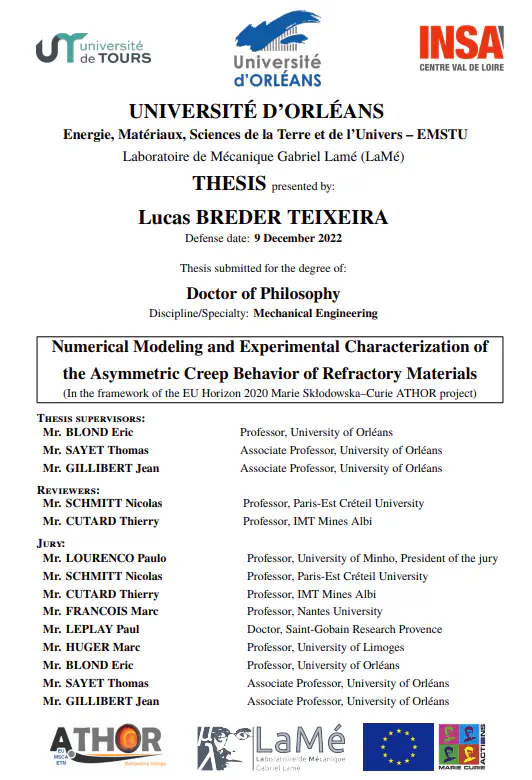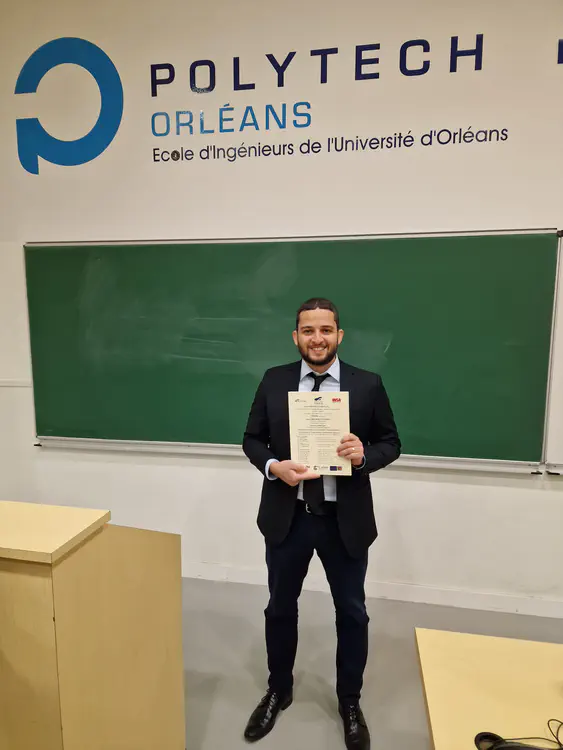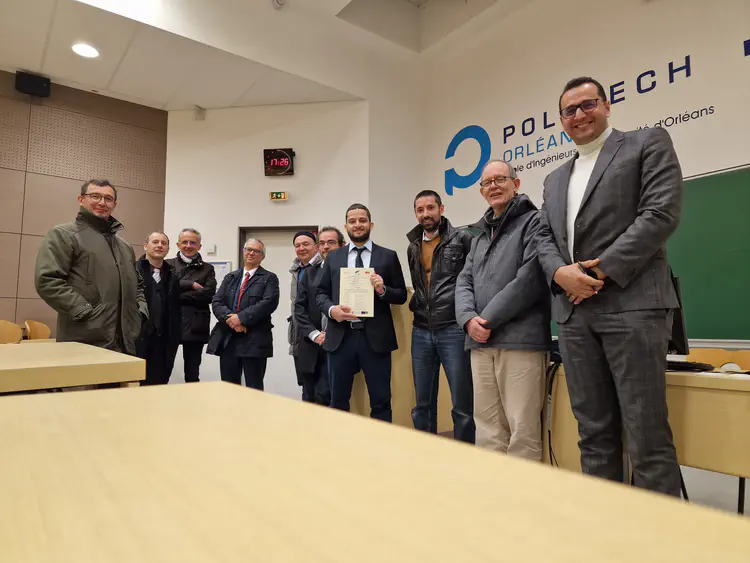Numerical Modeling and Experimental Characterization of the Asymmetric Creep Behavior of Refractory Materials

Abstract
Refractory materials are designed to work at high temperatures and under severe chemical, thermal and mechanical loads. In general, these materials present a pronounced asymmetric creep behavior, i.e., different creep strain rates under tension and compression. In this work, two asymmetric creep models are proposed to numerically represent the behavior of an alumina-spinel refractory used in steel ladles. The first model introduces the possibility to consider primary creep effects under tension and compression, and the effect of each stress sign is calculated using a weighting strategy based on the split of the stress tensor into positive and negative parts. The second model extends the compression behavior, allowing for the consideration of transient creep, i.e., a progressive change from the primary to the secondary phase depending on a criterion based on the current state of the internal variables. The experimental work is divided in two parts: first, the parameters of the creep laws are identified using uniaxial tensile and compressive tests, considered traditional experimental techniques; Second, a characterization procedure based on the Brazilian test and on the Digital Image Correlation (DIC) technique is proposed. Since the stress distribution in a Brazilian test sample is characterized by simultaneous positive and negative values, it is an appropriate choice to study asymmetric effects. The results obtained using each of the techniques are compared, and four-point bending tests are used as an extra validation step. It is concluded that the proposed creep models are adequate for the simulation of the alumina-spinel material, and that the novel and traditional experimental protocols can be used in a complementary way to characterize and validate the model parameters.

